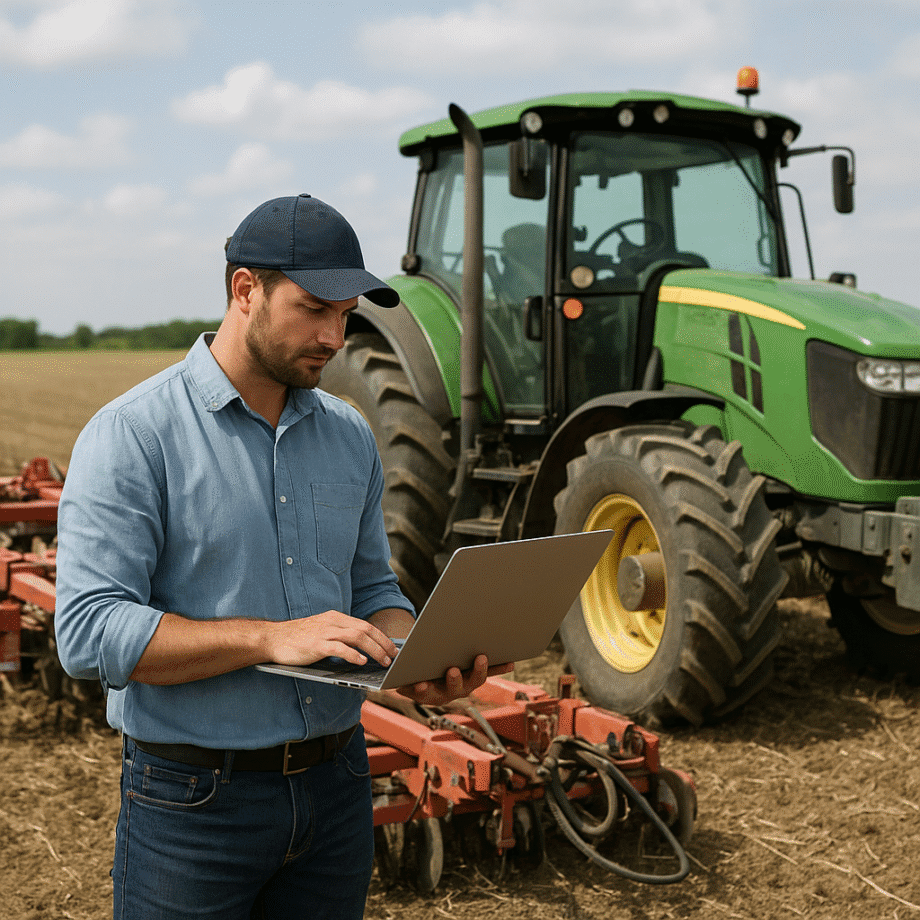Efficient farm operations rely on precise adjustment of equipment to match field conditions and crop requirements. Proper calibration enhances overall efficiency, maximizes yields, and reduces costs associated with wasted inputs. This article explores essential strategies to ensure agricultural machines perform at their peak, covering foundational concepts, detailed procedures, maintenance tactics, and the latest technologies that drive optimization in modern farming.
Understanding Core Principles of Calibration
Before embarking on any adjustment process, it is crucial to grasp the underlying principles that govern calibration. Recognizing how equipment settings influence field performance lays the groundwork for accurate and reliable results.
Why Calibration Matters
- Achieving uniform application rates for seeds, fertilizers, and chemicals helps prevent under- or over-application.
- Consistent distribution supports uniform crop emergence and growth patterns.
- Regulating input usage minimizes environmental impact by avoiding excess runoff or drift.
Key Calibration Factors
- Machine type and design differences affect how materials flow or dispense.
- Field conditions such as slope, soil moisture, and residue cover can alter distribution uniformity.
- Material characteristics including particle size, density, and moisture content determine flow behavior.
- Operating speed and ground speed directly influence output rate.
Understanding these factors ensures any calibration routine can be adapted to specific on-farm scenarios, leading to repeatable performance and improved resource management.
Step-by-Step Calibration Procedures
Implementing a systematic calibration routine enhances the precision of seeders, spreaders, sprayers, and other implements. The following steps apply broadly to most farm machinery requiring volumetric or weight-based adjustments.
1. Pre-Calibration Preparation
- Inspect mechanical components for wear, damage, or obstructions. Replace damaged parts to restore original performance tolerances.
- Clean all flow channels, nozzles, spouts, and metering mechanisms to remove debris that could compromise accuracy.
- Review manufacturer guidelines for recommended calibration intervals and baseline settings.
- Gather necessary tools including scales, measuring containers, flow calibration cups, and personal protective equipment.
2. Establishing Baseline Settings
Set initial rates based on product label recommendations or previous performance data. For example, when calibrating a fertilizer spreader, adjust the gate opening to match a target application rate in pounds or kilograms per acre. Document this starting point thoroughly.
3. Conducting the Calibration Test
- Operate equipment at typical field speed over a known distance or time interval.
- Collect discharged material in calibrated containers or on clean plastic sheeting for weight measurement.
- Use a precision scale to weigh the material. Convert the weight to an application rate using the formula:
- Application Rate equals material weight divided by area covered.
- Compare the measured rate against the target rate. Calculate necessary adjustments to gate openings, nozzle sizes, or metering drum settings.
4. Fine-Tuning Adjustments
Incrementally modify control settings—small changes reduce the risk of overshooting the desired rate. After each adjustment, repeat the calibration test until the measured rate falls within an acceptable tolerance, commonly within plus or minus five percent of the target.
5. Recording Calibration Data
- Maintain a logbook or digital record with equipment model, calibration date, material type, environmental conditions, and final settings.
- Note any anomalies encountered during testing, such as inconsistent flow or irregular nozzle pattern.
- Store data in a centralized system to facilitate quick reference before future operations.
Maintaining Calibration and Troubleshooting
After initial setup, sustaining accurate performance requires regular checks and prompt resolution of issues. Proactive maintenance prevents drift in application rates and preserves machine longevity.
Routine Maintenance Tasks
- Clean and inspect sensors, flow meters, and nozzles weekly during peak seasons.
- Lubricate moving parts according to manufacturer specifications to reduce wear.
- Replace worn gaskets, seals, and bearings that may allow leaks or frictional loss.
- Verify software updates for computerized control systems to improve accuracy and diagnostics.
Diagnosing Common Calibration Issues
- If output rates drift higher over time, check for worn metering gears or enlarged nozzle orifices.
- Clogged nozzles or tubes often lead to under-application and uneven distributions.
- Irregular seed singulation in planters may stem from damaged seed plates or inconsistent seed sizes.
- Electrical faults in sensors can lead to erratic readings; test circuits for continuity and proper grounding.
Troubleshooting Tips
- Use a multimeter to confirm voltage at sensors and actuator connections.
- Perform a pressure check in hydraulic systems to ensure performance under load.
- Conduct flow visualization tests by running colored water through sprayer circuits to reveal blockages or leaks.
- Consult technical manuals or vendor support when encountering persistent calibration anomalies.
Incorporating Advanced Technologies
The rise of precision agriculture introduces powerful tools that enhance calibration and operational oversight. Leveraging these innovations drives continuous improvement and unlocks new efficiencies.
GPS and Auto-Guidance Systems
- Auto-steer reduces overlap and gaps, ensuring that calibration efforts translate directly into consistent field coverage.
- Variable rate application maps, created from soil sampling or yield data, allow real-time modulation of product delivery based on data-driven prescriptions.
Sensor-Based Flow Control
- On-the-go flow sensors monitor discharge rates moment by moment, automatically adjusting metering mechanisms to maintain target rates.
- Soil moisture and nutrient sensors feed information into control units, optimizing the timing and quantity of applications.
Internet of Things and Machine Connectivity
- Connected machinery platforms enable remote monitoring of calibration status, alerting operators when recalibration is needed.
- Cloud-based analytics aggregate performance metrics over multiple fields and seasons, highlighting trends and opportunities for further optimization.
By integrating robust calibration protocols with cutting-edge precision tools, farmers can harness the full potential of their equipment. Consistent attention to maintenance and proactive troubleshooting, paired with smart technologies, secures both immediate gains in productivity and long-term sustainability of agricultural operations.
